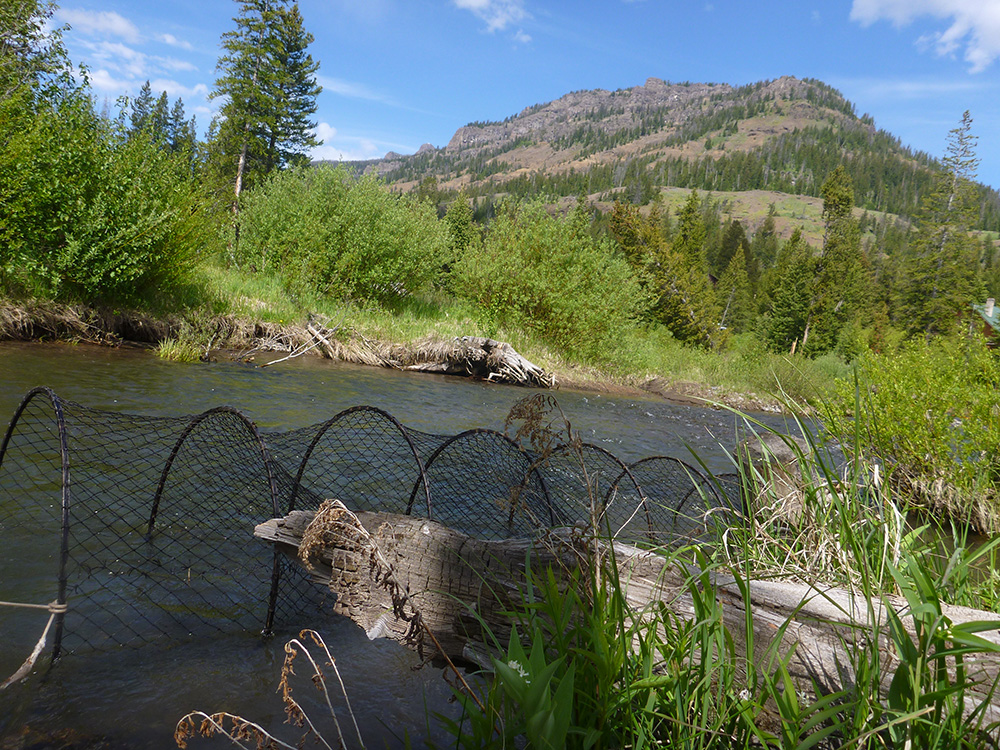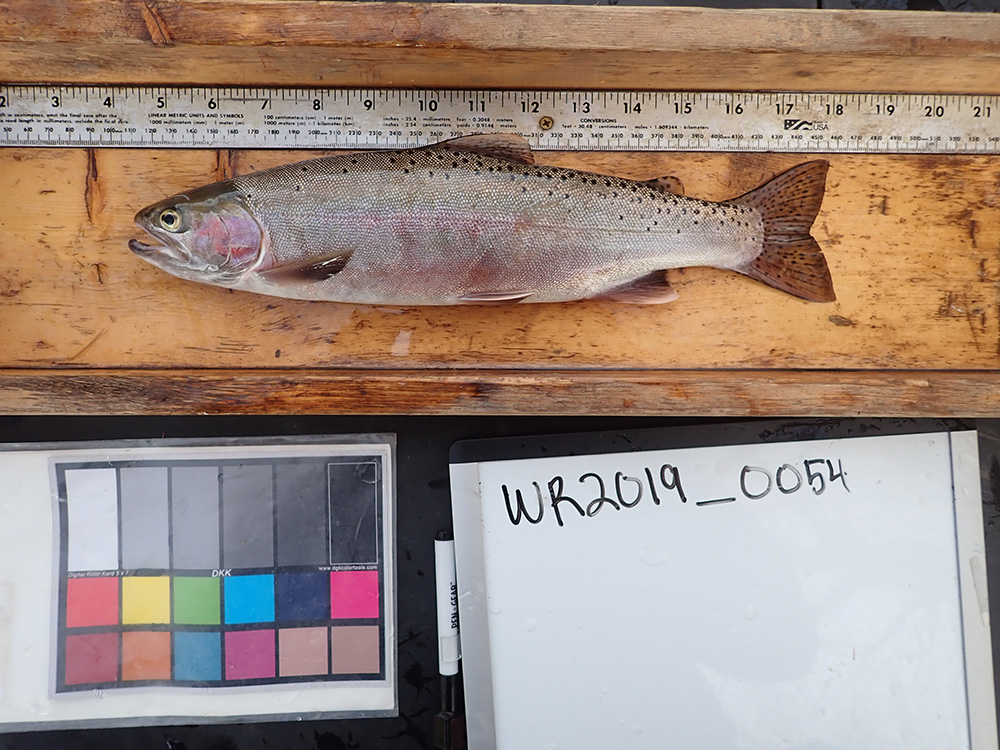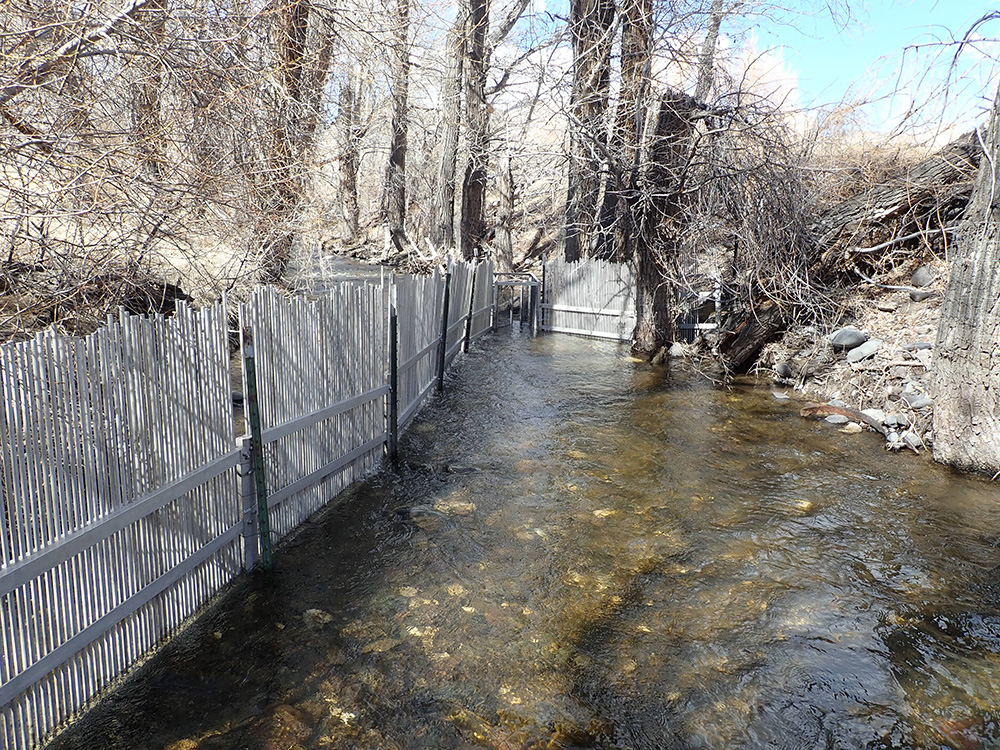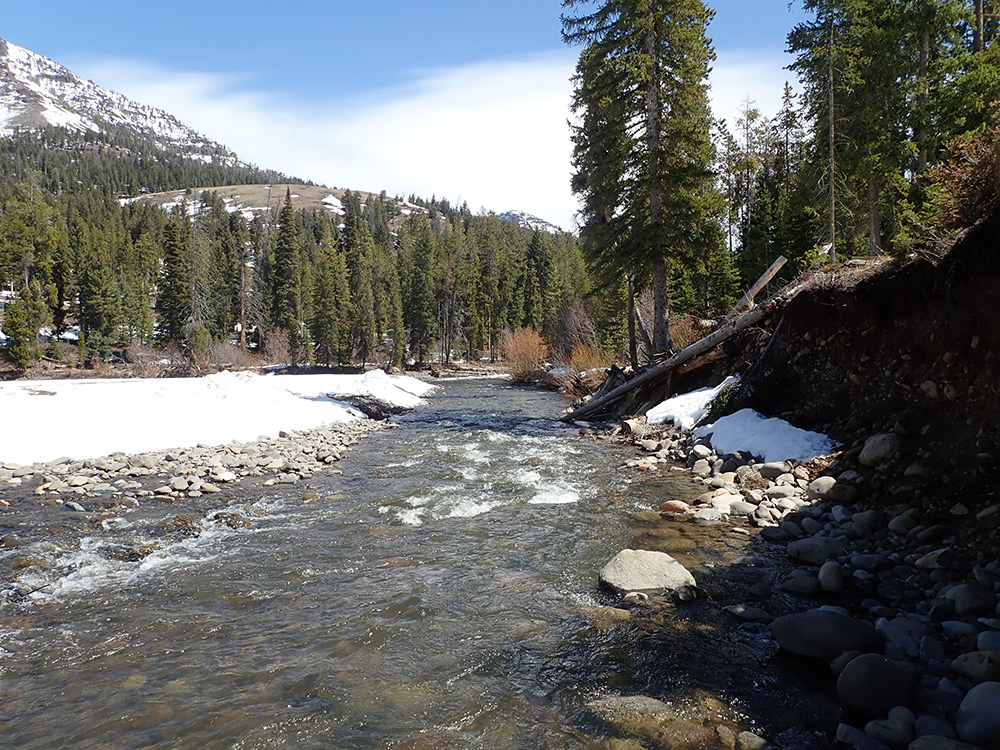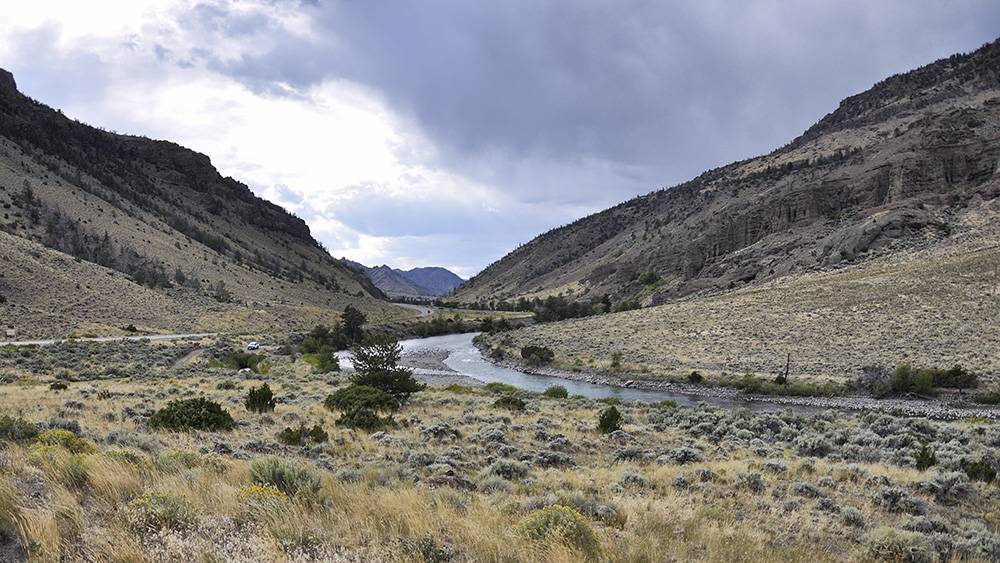Yellowstone cutthroat trout (Oncorhynchus clarkii bouvieri, YSC) are a species of greatest conservation need in Wyoming. Increased angler harvest, habitat loss and interactions with introduced species have led to range-wide declines in YSC populations. Specifically, hybridization with nonnative Rainbow trout (Oncorhynchus mykiss, RBT) currently poses the greatest risk to YSC. Introgression from RBT can lead to decreased fitness in YSC by removing important local adaptations. Hybridization can eventually lead to genetic extinction of pure YSC.
The North Fork Shoshone River originates in the Absaroka Mountains and flows through the Wapiti Valley before entering Buffalo Bill Reservoir. Each spring, adult YSC, RBT and their hybrids enter the North Fork Shoshone River to spawn in the river channel and its tributaries. Previous research has shown RBT and hybrids to be present in all sampled tributaries. Furthermore, genetically pure YSC were found existing in sympatry with RBT and hybrids.
Our work will aim to identify potential reproductive isolating mechanisms underlying the persistence of Yellowstone cutthroat trout despite hybridization in the North Fork Shoshone River drainage. Our two primary objectives will be:
- Evaluate temporal overlap in spawning of Yellowstone cutthroat trout with rainbow trout and hybrids
- Identify selection against hybrids or parental species by comparing ancestry of juveniles and adults
The results from this research will provide information on how to successfully manage YSC and RBT sympatrically. Potential management and conservation actions could utilize existing temporal segregation in spawning times between the two species.
Contact
John Fennell, MS Student
Wyoming Cooperative Fish & Wildlife Research Unit
Department of Zoology & Physiology, University of Wyoming
Dept. 3166, 1000 E University Ave
Laramie, WY 82071
jfennel1@uwyo.edu
Annika Walters, Assistant Unit Leader
U.S. Geological Survey,
Wyoming Cooperative Fish & Wildlife Research Unit
Department of Zoology & Physiology, University of Wyoming
Dept. 3166, 1000 E University Ave
Laramie, WY 82071
annika.walters@uwyo.edu
Project Lead
John Fennell: John completed his M.S. in the Wyoming Cooperative Fish and Wildlife Research Unit at the University of Wyoming in 2021. He currently works for Utah Division of Wildlife Resources. MORE »
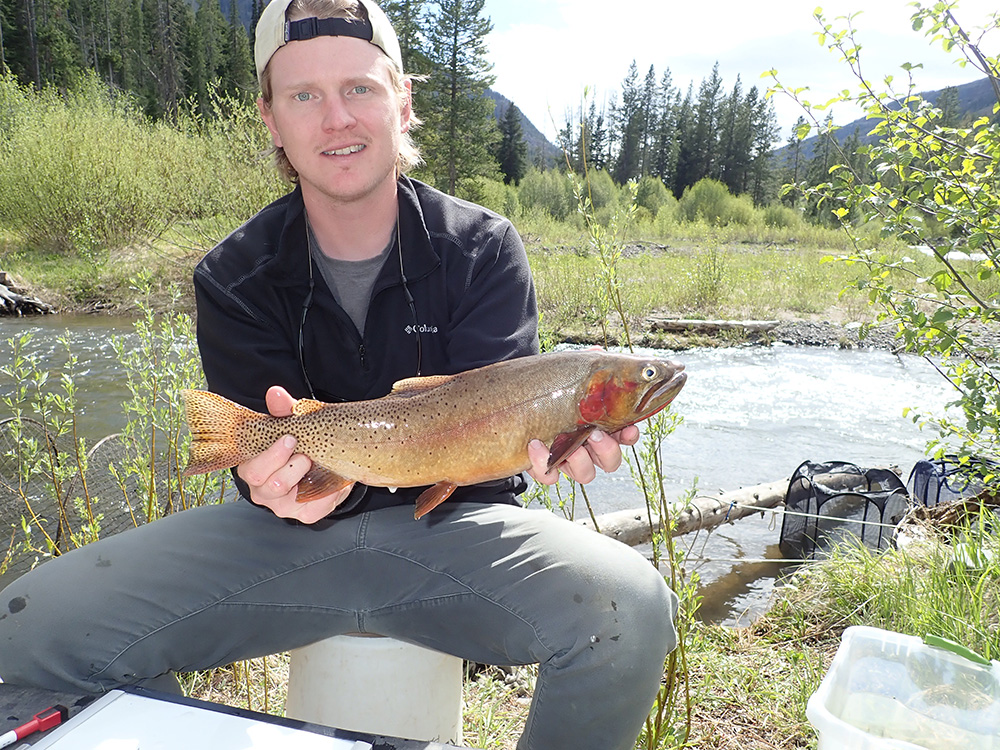
Funding & Partners
Wyoming Game and Fish Department

